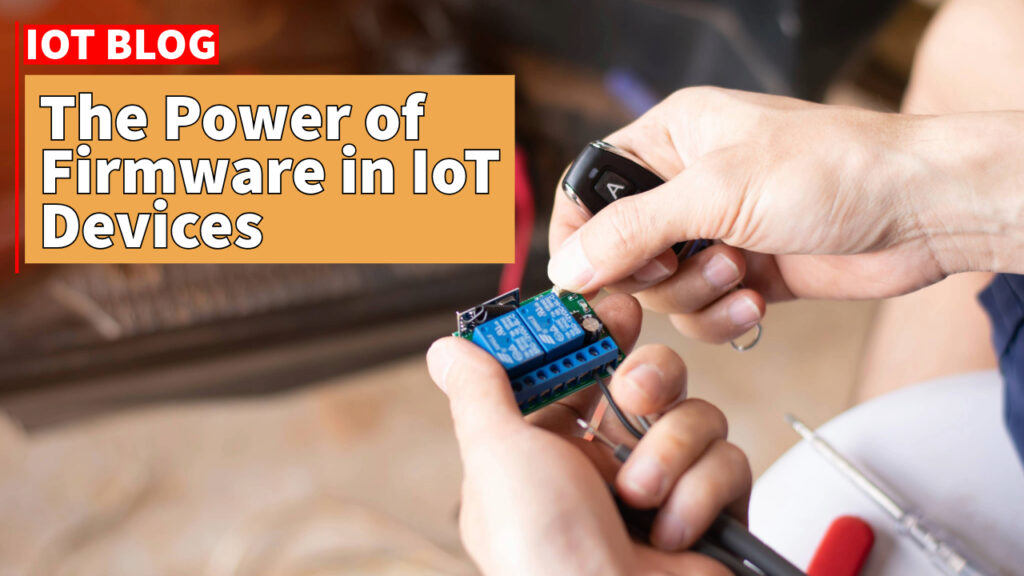The secret sauce behind the need for firmware lies in its role as the bridge between hardware and software in embedded systems like IoT devices. Firmware serves several crucial purposes:
Hardware Interaction: Firmware enables software to communicate with and control the underlying hardware components of a device, such as sensors, actuators, and controllers. It translates high-level commands into low-level instructions that the hardware can understand and execute.
System Bootstrapping: Firmware initializes the hardware and sets up the system for operation when the device is powered on or reset. This includes configuring peripherals, initializing memory, and performing self-tests to ensure proper functionality.
Low-Level Functionality: Firmware provides essential functionalities such as managing power consumption, handling interrupts, and implementing real-time operating system (RTOS) services. These low-level tasks are critical for the device to operate efficiently and reliably.
Security: Firmware often includes security features such as encryption, authentication, and secure boot mechanisms to protect against unauthorized access, data breaches, and tampering. It establishes a secure foundation for the entire system.
Flexibility and Upgradability: Firmware can be updated or modified to add new features, improve performance, fix bugs, or address security vulnerabilities. This flexibility allows IoT devices to evolve over time and adapt to changing requirements without requiring hardware changes.
Optimization: Firmware is optimized for the specific hardware platform and application requirements, maximizing performance, minimizing resource usage, and ensuring efficient operation within the constraints of the device’s hardware capabilities.
In essence, firmware serves as the essential software layer that enables IoT devices to function reliably, securely, and efficiently, making it a critical component of their overall design and operation.


